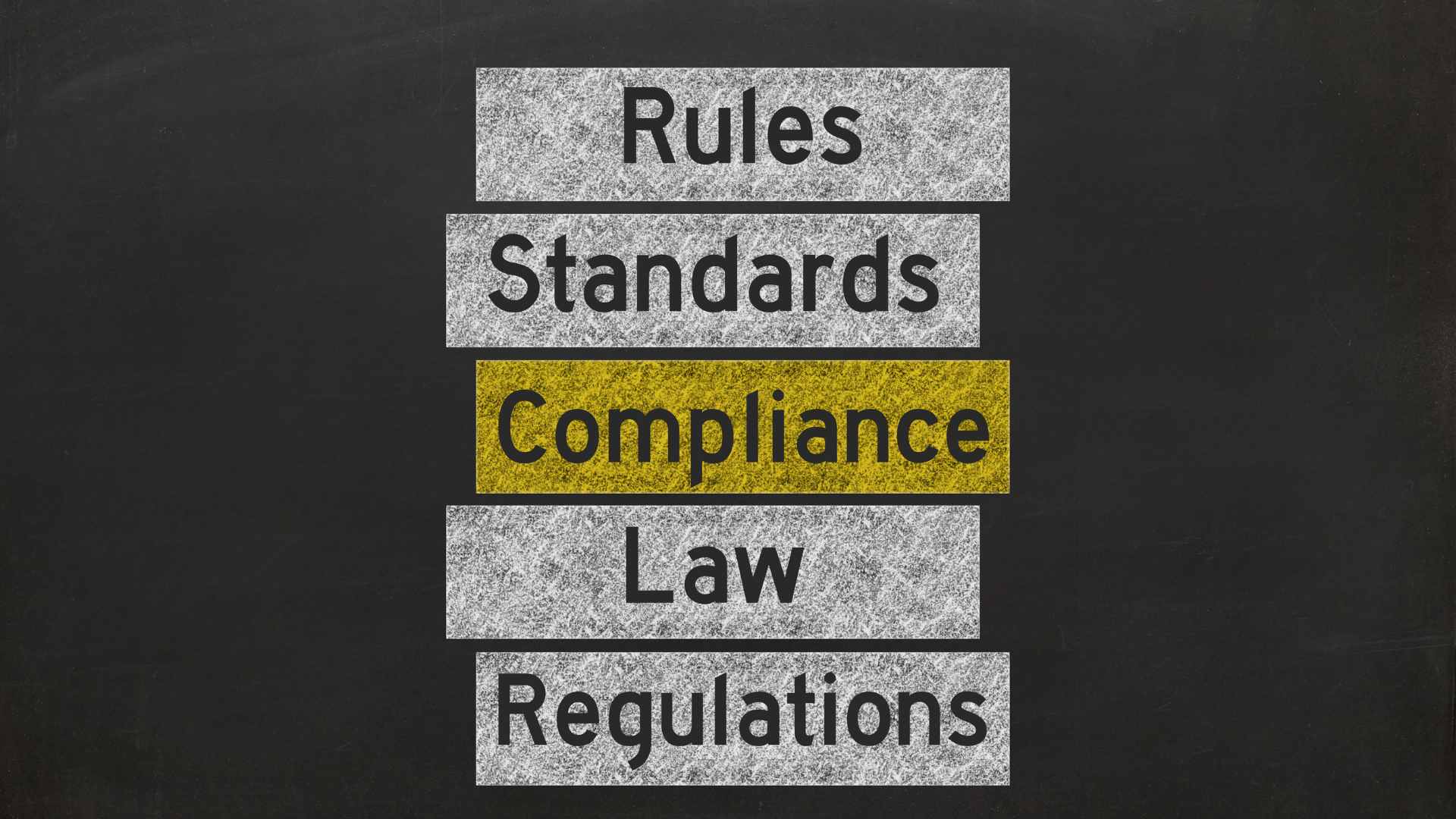VIEW BY TOPIC
- Finding Customers
- Business Systems
- Managing Employees
- Leadership
- Managing Money
Related Posts

Ready to Grow Your Business Fast?
Here’s How I Grew Five Businesses, and Eventually Sold One to a Fortune 500 Company.

When it comes to managing people in the workplace, it can be frustrating to see your goals not being met despite having the correct number of people on board. And because of this, your vision for the company may begin to get hazy. This can be due to commitment, hiring quality, or poor training. But the mediocre output of your team members can be due to a skills gap.
What are Skills Gaps?
A skills gap is the difference between the skills required to perform a specific job or task and the actual skills a person has. It can also refer to the gap between a company’s workforce’s skills and the skills needed to meet its goals.
Skills gaps in the workplace can be a significant obstacle to productivity, efficiency, and success. They can impact team member performance, hinder the ability of businesses to adapt to change, and even lead to team member turnover. Fortunately, there are steps that both employers and employees can take to eliminate skills gaps, so everyone has the knowledge and skills they need to succeed in their roles.
This article will explore various ways to eliminate skills gaps in the workplace, including using technology like a training platform so you can boost your organization’s productivity and efficiency. You can click here to learn more about this technology.
Identify Skills Gaps

You can eliminate skills gaps by identifying where they exist in your workplace. You can do this using several methods. First, you can conduct a skills assessment. This can be done through interviews, competency surveys, and skills tests.
Now may be the perfect time to reevaluate your company job descriptions and review your team’s latest performance evaluations. You may need to revamp your job descriptions to elevate the expectations in your workplace. Moreover, it’s best to get the thoughts of your team member’s immediate superiors and colleagues since they may provide insight into an individual’s strengths and weaknesses.
Lastly, it would be nice to solicit information from your team and ask them what skills they need to improve upon or learn. Doing this will make them feel valued and think their company is concerned about their individual development.
Identify The A-Players In Your Team
A-players often have a strong foundation of skills and a willingness to learn and grow. By identifying these individuals, you can focus your learning and development efforts on employees who will likely make the most of these opportunities.
This can help your team acquire the skills it needs to succeed. More importantly, they can serve as role models and mentors for other team members, sharing their knowledge and expertise with those struggling or looking to improve their skills.
Develop A Training Plan
Once you’ve identified skills gaps, the next step is to develop a training plan to address them. You need to determine the best method of training. You can opt for classroom instruction, online courses, seminars, or on-the-job training. Choose the most appropriate method for the skills being developed, the needs of the individual or organization, and the workplace setup you currently have.
Aside from the method, it’s ideal to set specific goals for the training. This will help you measure its success and determine if the skills gap has been effectively addressed. Afterward, you can evaluate the training. Assess its effectiveness in closing the skills gap by comparing it to the goal you have previously set. You can use this information to help plan future training for your team.
Set Performance Expectations
Setting performance expectations and communicating them places everyone on the same page. Moreover, this can help the team members to focus and be more determined to do their job well. To do so, the head of the unit can explain the expectations through a one-on-one discussion. Employees can freely ask questions, and the administration can address them immediately.
Performance expectations are typically done when a new member gets on board. However, it can still be effective after evaluating skills and identifying any skills gaps. This way, team members know they’re regularly assessed and their work is being checked.
During the discussion, ensure that the individual or team knows the performance expectations and how they relate to the skills gap. It’s important to offer resources and support to help the individual meet performance expectations. After doing this, regularly checking in on the individual or team’s progress is essential. This can be through a weekly check-in or a monthly update.
Lastly, it’s vital to highlight any successes and pat the team member on the back for a job well done or, if not, provide constructive feedback to address any issues. This is essential for their progress and must not be overlooked.
Encourage Continuous Learning

To prevent skills gaps from reoccurring, it’s essential to encourage a culture of continuous learning in your workplace. This may involve setting aside time and resources for employees to continue learning and developing new skills or offering professional development opportunities.
Provide Mentorship
A great learning environment is learner-driven and coach supported. It can be helpful to assign a mentor for each struggling team member so that their learning opportunities will be addressed more specifically. You can create a buddy system and identify potential learning coaches who will help support your goals to close the skills gap in the workplace.
Use Technology To Your Advantage
Technology can be a valuable tool for eliminating skills gaps in the workplace. You can use online learning platforms so your team can access training materials and complete courses at their own pace. This can be especially helpful for employees who need to learn new skills or update their current ones.
In some industries, virtual reality (VR) technology can be helpful. It can allow employees to practice new skills in a simulated environment. This can be particularly effective for hands-on training, such as equipment operation or customer service.
Conclusion on Eliminating Skills Gaps
Eliminating skills gaps in the workplace is essential for improving productivity, efficiency, and success. While eliminating skills gaps may take time and effort, the benefits of a skilled and knowledgeable workforce make it a worthwhile investment. Taking a proactive approach to skills development can help your business thrive and stay competitive in an increasingly dynamic market.














